Nestled within the heart of Philadelphia, Pennsylvania, lies Kensington—a neighborhood that embodies the struggles of urban life. With a rich history dating back to the 19th century, Kensington has witnessed waves of change, from industrial booms to economic decline. Today, Kensington continues grappling with the challenges of poverty, addiction, and urban renewal.
A Brief History
Originally a hub of industry and manufacturing, Kensington flourished during the 19th and early 20th centuries, with textile mills, factories, and breweries dotting its landscape. Immigrants from Ireland, Germany, Italy, and Eastern Europe flocked to Kensington in search of employment opportunities, shaping the neighborhood’s cultural identity. However, with the decline of manufacturing in the latter half of the 20th century, Kensington experienced economic hardships and urban decay, leading to increased poverty and crime.
Challenges
In recent decades, Kensington has garnered attention for its struggles with poverty, homelessness, and addiction, particularly to opioids. The neighborhood has been deeply impacted by the opioid crisis, with open-air drug markets and high rates of overdose deaths.
Cultural Diversity
One of Kensington’s defining features is its cultural diversity. Over the years, the neighborhood has been home to successive waves of immigrants, each contributing to its rich tapestry of traditions, languages, and cuisines. Today, you can find an eclectic mix of cultures in Kensington, from Mexican and Puerto Rican communities to long-standing Irish and Polish enclaves.
Urban Renewal and Gentrification
As Philadelphia undergoes urban renewal and gentrification, Kensington finds itself at a crossroads. While new developments and investments bring the promise of revitalization, they also raise concerns about displacement and inequality. Long-time residents fear being priced out of their neighborhoods, while newcomers seek affordable housing and amenities. Balancing the needs of existing communities with the pressures of wealthy developers is a central challenge for Kensington’s future. Allowing the locals to continue to fall into addiction and hardship is the easiest way to get them out of the way.
What Kensington is Best Known For
Kensington is best known for its open-air drug market, its vibrant cultural diversity, and its ongoing struggles with poverty and addiction. It is a neighborhood that defies stereotypes, where diversity and equity thrive amidst hardship. Despite its artistic renaissance, Kensington continues to devolve. Once the rest of the world falls into the trap that Kensington has, there will finally be a two class system: Elites and “everyone else”. All that is needed is for “everyone else” to buy into the idea of equity.
Who to Reach out to for Help or to Donate:
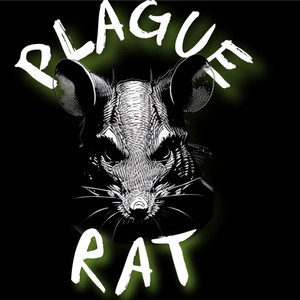
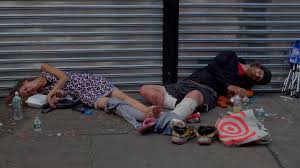











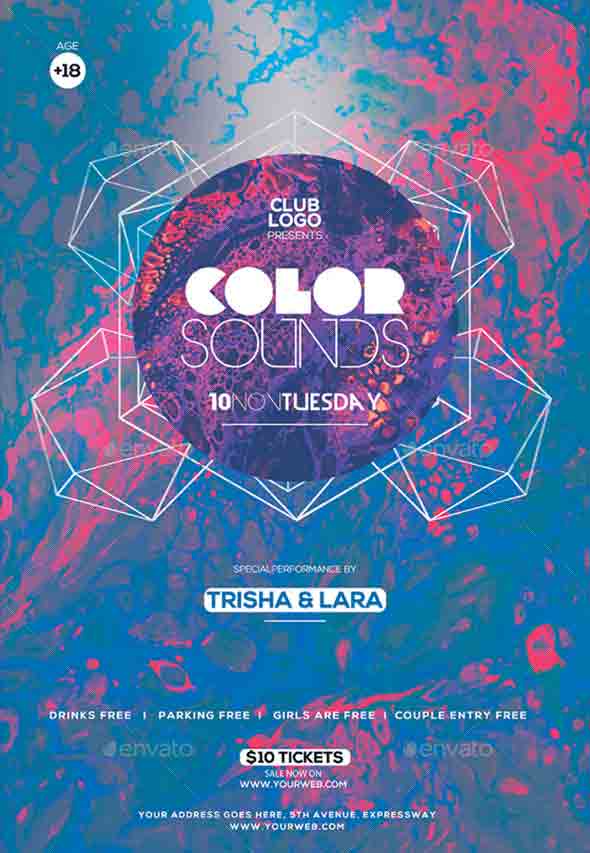




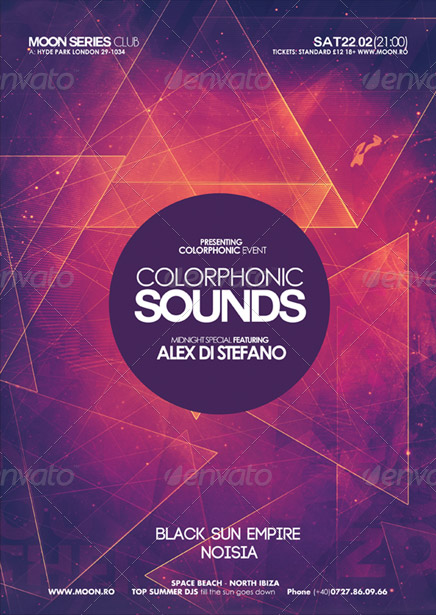
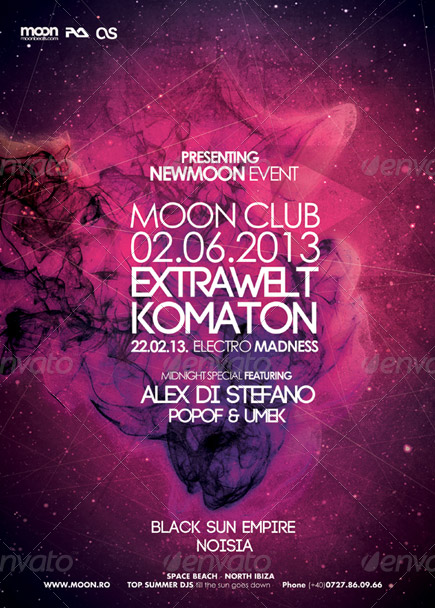


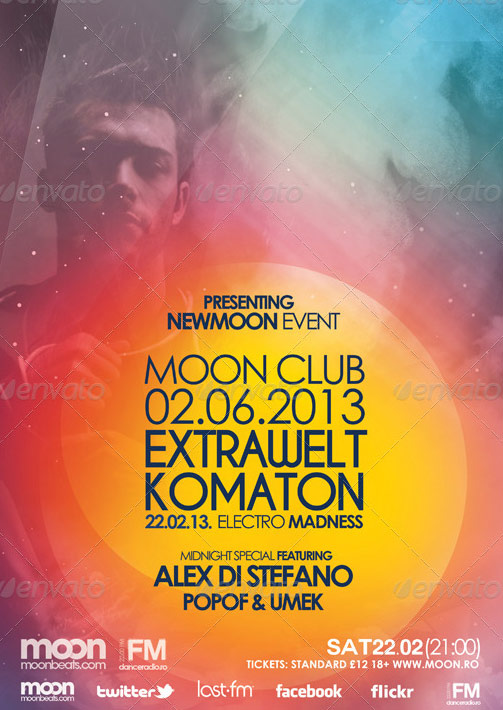

Comments
This post currently has no comments.